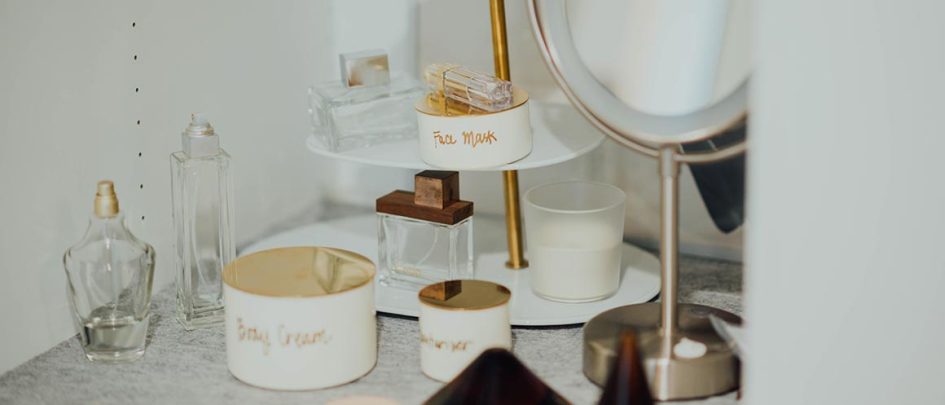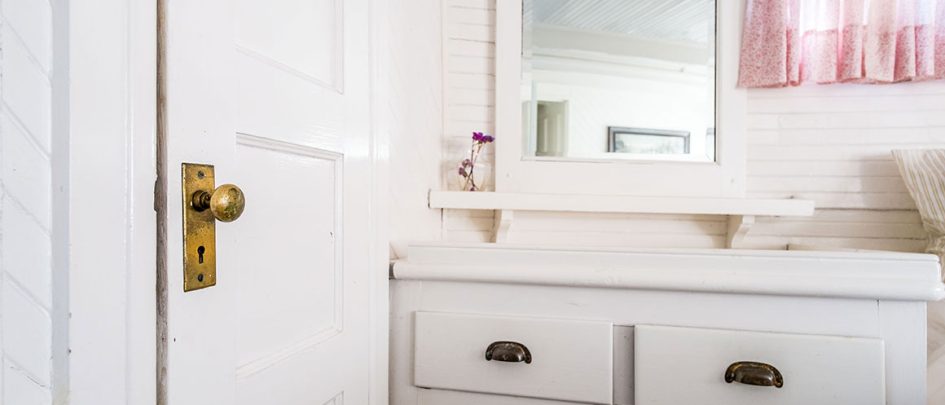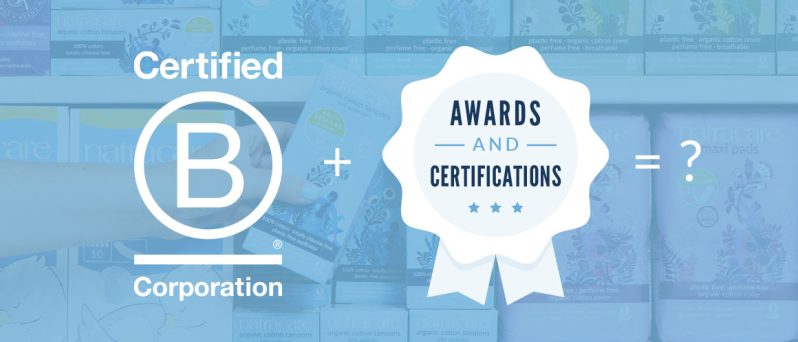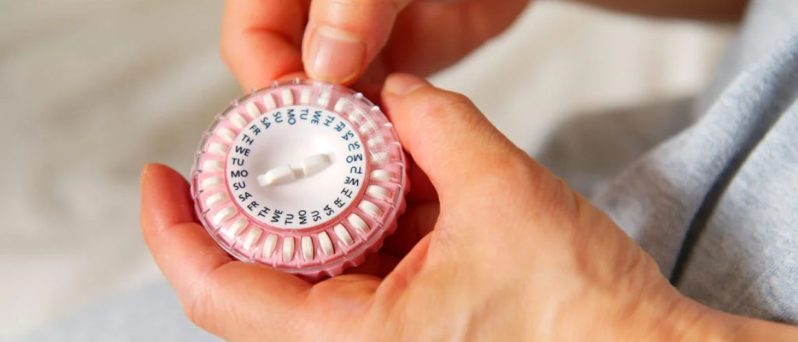Our home, from the toys for your baby to the tupperware, is full of chemicals, toxins and pollutants that could negatively affect our health. In collaboration with the Mesothelioma Cancer Alliance, we have created a room by room guide to uncover those unwanted chemicals in our home.
Kitchen
The kitchen is the heart of the home. It’s also a central location for toxins – from oven and window cleaners to dishwasher detergent.
A commonly found chemical in the kitchens bisphenol A, (also known as BPA) is often used to produce plastics and resins. BPA can be found in water bottles and coatings inside food cans. According to studies, BPA exposure may impact fertility, has been linked to diabetes and obesity, and could cause other health problems.
To avoid BPA, try buying green alternatives of your favourite cleaning products. Look for reusable water bottles and containers that are BPA-free.
Bathroom
Bathrooms are home to plenty of toxins, some chemicals can be found in products we use every day. Volatile Organic Compounds (VOCs) like acetone and formaldehyde, can be found in beauty products and cosmetics like nail polish remover, perfumes and hairspray. VOC exposure may cause dizziness, skin irritation, nausea, and some have been linked to cancer.
There are unique problems with menstrual products. Name-brand tampons can contain questionable chemicals, including plastics, dyes, organochlorines, fragrances and GMOs. Tampons are often made from bleached and processed rayon, which contains dioxins and cotton sprayed with pesticides. Dioxins are a carcinogen, and have been linked to hormone disruption and infertility.
Look for organic options, including 100% organic cotton tampons, and products without VOCs. If you have to use items containing VOCs, follow the directions on the label, have proper ventilation and buy smaller quantities.
Certified Organic
Period Products
Find your nearest store
Living Room
Furniture, including couches and chairs, may contain flame retardants. These may have chemicals that are linked to hormone disruption, low sperm quality and lower infant birth weights. Air fresheners and carpet cleaners contain a cocktail of toxins capable of causing damage. Most air fresheners use aerosol propellants but could also have formaldehyde and petroleum distillates which are flammable. Some research suggests these chemicals are tied to cancer and respiratory and eye irritation. Carpet cleaners produce fumes that can cause dizziness, fatigue, lack of appetite and have been connected to liver damage and cancer.
To reduce exposure, let furniture air out first in a ventilated area and search for green cleaners. Find alternatives to aerosol sprays or make your own air fresheners out of baking soda.
Within the Walls
It’s important to look inward when considering the health effects of a home. For people living in houses built before 1980, lead and asbestos exposure may be a threat. Asbestos is a fibrous mineral once found in insulation, vinyl flooring and other building materials. It has been linked to several cancers, including asbestos-related lung cancer and mesothelioma, a cancer affecting about 2,500 people in the U.S. annually. Lead is a heavy metal that was used in the production of pipes and paints and is similarly dangerous. Concentrated exposure may cause headaches, memory loss, fatigue and weakness while prolonged lead exposure could result in reduced fertility, high blood pressure and kidney disease.
Test your home for lead and asbestos before remodelling. You can buy at-home lead tests for paint and water, but removal is best left to a professional. Asbestos should only be tested and handled by a licensed inspector.
Garden and Garage
Toxins are not limited to the interior of a home. Lawns are treated with herbicides and insecticides that may contain cancer-causing chemicals like dioxins, benzene, and arsenic. The easiest thing to do is follow label directions, use products sparingly, and wear proper protection when handling them.
Take Action
We can avoid exposure to a wide range of chemicals by being mindful of what we’re buying and how we’re using it. Use resources like MADE SAFE, Soil Association or EWG to ensure you’re purchasing the safest green alternatives.
For unavoidable toxins, be aware of how they’re handled and stored, and who has access to them. We can go a long way toward keeping ourselves safe by taking the time to detox our homes first.












